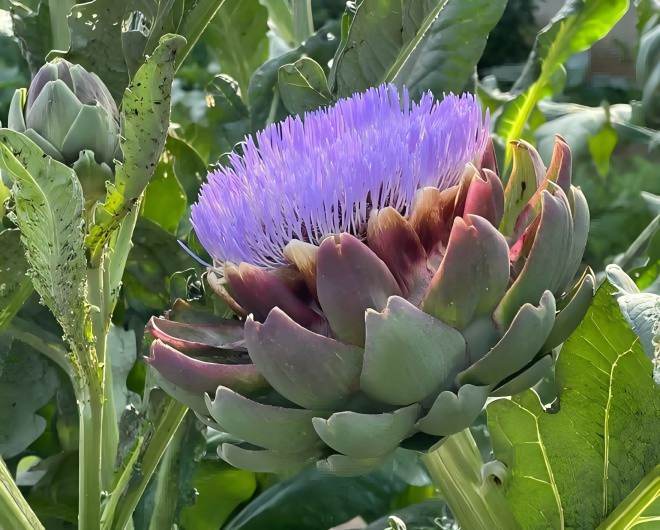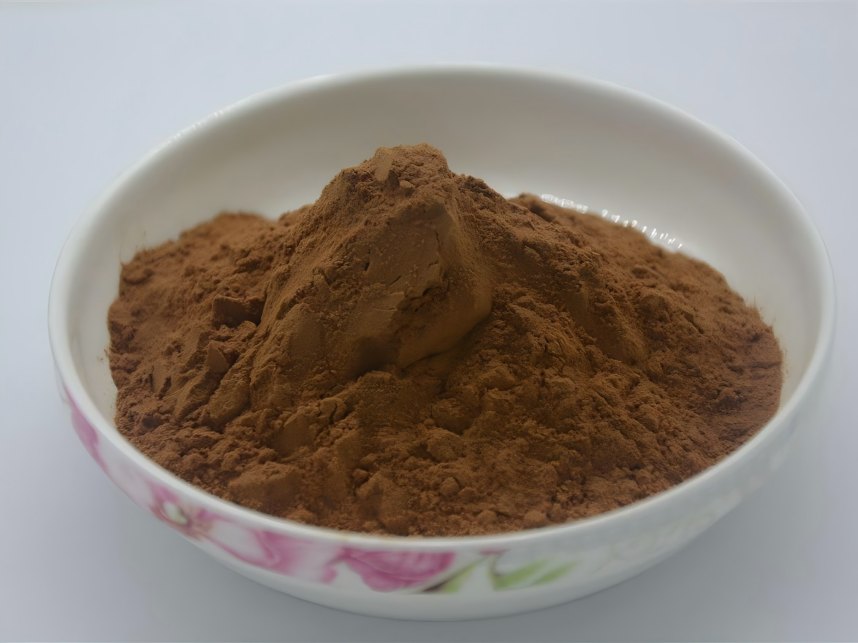What Is the Health Benefit of Artichoke Leaf Extract in Arabic?
Artichoke, also known as Korean artichoke, chrysanthemum artichoke, vegetable artichoke, French lily, and lotus lily, has the scientific name Cynara scolymus L. It is a perennial herbaceous plant belonging to the Asteraceae family and the Cynara genus. It is native to the Mediterranean coast and is currently widely cultivated in Europe, America, and parts of Africa. It was introduced to China from France in the 19th century and is now cultivated in Shanghai, Zhejiang, Hunan, and Yunnan provinces. and is extensively cultivated in Taiwan Province.
Artichokes have high nutritional value and are considered a health vegetable, commonly processed into canned products. Each 100g of edible flower bud contains 2.8g of protein, 0.2g of fat, 9. 9g, vitamin A 160 IU, vitamin B₁ 0.06mg, vitamin B₂ 0.08mg, vitamin C 11mg, calcium 51mg, and also contains artichoke flavonoids and asparagine, which are beneficial to human health. Artichoke leaf extract (ALE) has significant medicinal value and is used in Arabic and some European countries to treat indigestion and liver diseases. Its main phenolic components include monomeric or dimeric caffeoylquinic acids, such as chlorogenic acid, artichoke glycoside (also known as quinic acid-1,5-dicaffeoyl ester), caffeic acid, and 3′,4′,5′,7-tetrahydroxyflavone-7-O-glucoside. Artichoke leaf extract exhibits various biological activities, but domestic research on its medicinal properties is limited. This paper aims to review foreign studies on ALE to draw attention from colleagues.
1 Effects on the digestive system
1.1 Treatment of dyspepsia
Holtmann et al. conducted a double-blind, placebo-controlled, randomized clinical trial involving 247 patients with functional dyspepsia (FD). Participants were randomly assigned to receive artichoke leaf extract tablets or placebo. The primary outcome measure was the total score based on the number of digestive discomfort episodes per week. Statistical analysis was conducted on data from 244 participants (129 in the active treatment group and 115 in the placebo group). After 6 weeks of treatment with artichoke leaf extract tablets, symptom improvement was significantly better than in the placebo group (P < 0.01). Compared with placebo treatment, quality of life scores showed significant improvement (P < 0.01).
Artichoke leaf extract demonstrated significantly greater efficacy than placebo in alleviating symptoms of functional dyspepsia and improving patients' quality of life. In an open-label study, 516 volunteers were randomly assigned to receive 320 mg (low dose) or 640 mg (high dose) of ALE daily. Of these, 454 completed the study. Results showed that both dose groups exhibited significant improvements in various dyspeptic symptoms compared with baseline, with an average reduction of 40% in total dyspeptic scores. However, no significant differences were observed between the two groups [2].
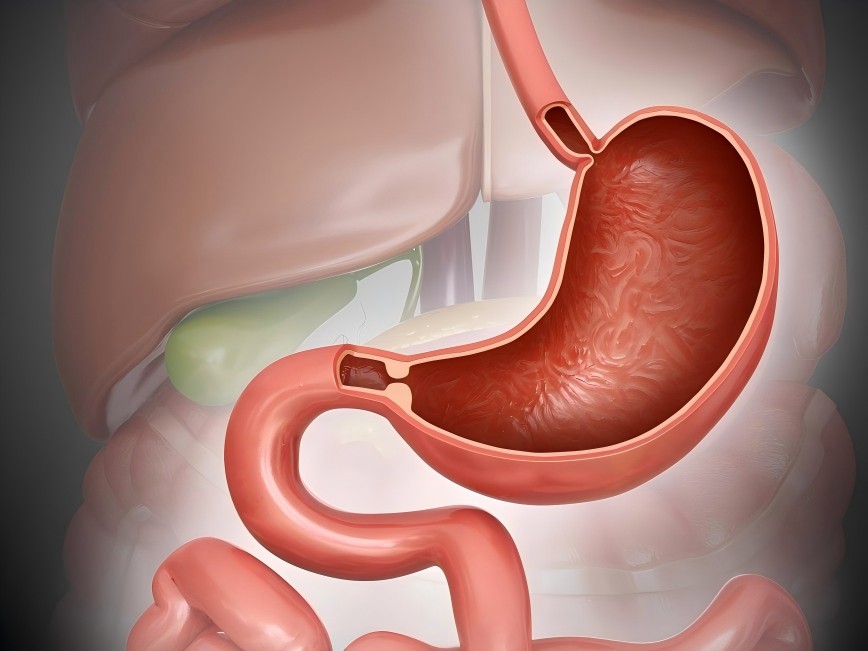
1.2 Treatment of Irritable Bowel Syndrome (IBS)
It has been reported that 22% of the population suffers from Irritable Bowel Syndrome (IBS), characterized by abdominal pain and changes in bowel habits. The pathogenesis of IBS remains unclear, and treatment poses certain challenges. Given the good therapeutic effects of artichoke leaf extract on FD, researchers hoped that ALE could improve IBS symptoms. After six weeks of treatment with artichoke leaf extract, symptoms were significantly alleviated, with overall good outcomes. 96% of patients reported better or at least equivalent treatment effects compared to previous therapies, and patients tolerated the treatment well, indicating that ALE has significant advantages in reducing IBS symptoms [3].
Bundy et al. treated 208 adult IBS patients with ABL for 2 months, resulting in a 26.4% reduction in IBS incidence and significant improvement in constipation or diarrhea symptoms. After treatment, the total score of the Nepean Digestive Symptom Index (NDI) decreased by 41%. Similarly, the NDI quality of life (QOL) scores improved by 20% in both groups after treatment, confirming that ALE has a significant effect on alleviating IBS symptoms and improving IBS quality of life.
1.3 Cholagogue effect
Gebhardt⁵ investigated the cholagogue effect of ABL using in vitro primary rat liver cells and bile-forming fluorescent compounds, and found that ABL can stimulate bile secretion. Rodriguez et al. [6] administered artichoke leaf extract to Wistar rats via oral administration for 7 days, then studied the effects of ALE on bile flow and bile component formation in rats after anesthesia. They found that ALE significantly increased bile flow, similar to the control substance dehydrocholic acid (DHCA), ALE significantly increased total bile acid concentration, with a more pronounced effect than DHCA, but had no significant effect on cholesterol and phospholipids. Gebhard et al. [7] investigated the bile secretion-stimulating effect of ALE by adding chenodeoxycholic acid to primary rat hepatocyte culture medium to inhibit bile secretion, then adding different concentrations of ALE and observing its effects on bile secretion and its preventive effect on hepatic ductal deformation.
The results showed that when added simultaneously with bile acids, ALE prevented bile duct membrane abnormalities induced by taurocholate in a dose-dependent manner. Pretreatment of liver cells with ALE exhibited similar effects, confirming that ALE has a strong anticholinergic effect against bile stasis induced by taurocholate and protective effects on the liver, which may be related to its flavonoids and their metabolites [8]. Clinically, ALE demonstrates satisfactory therapeutic effects for liver and gallbladder diseases, as well as symptoms such as upper abdominal distension, loss of appetite, nausea, and abdominal pain, with good safety. Its active components are primarily flavonoid compounds and chlorogenic acid.
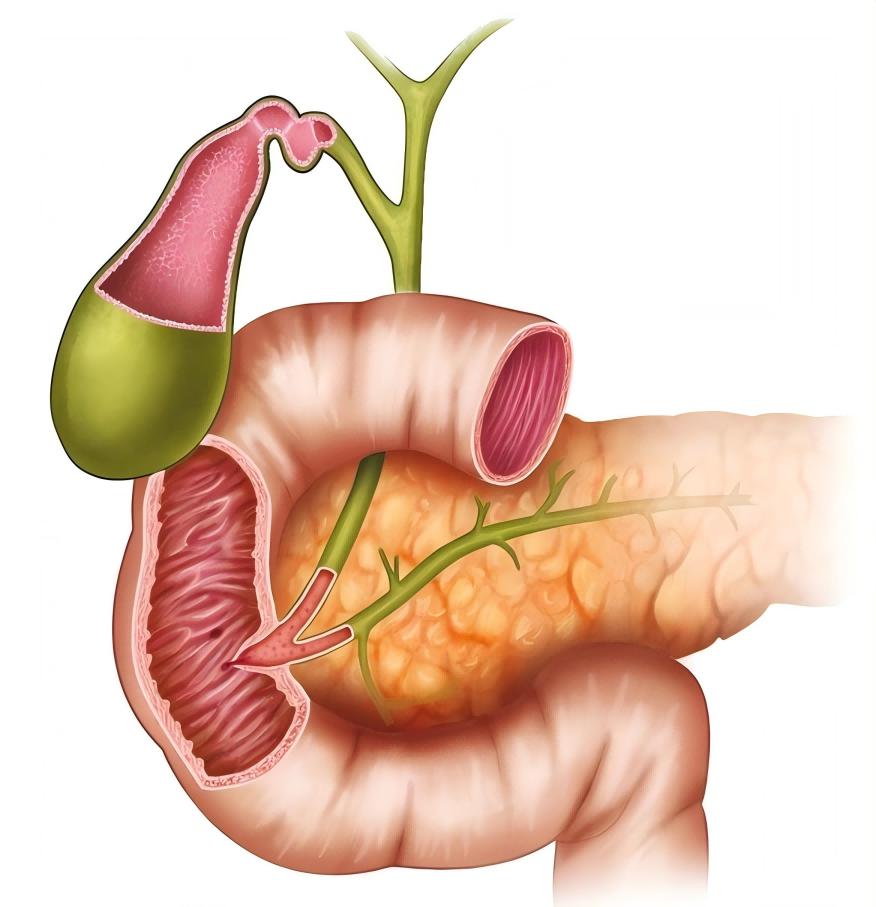
2 Antioxidant effects
Artichoke leaf extract, along with vitamin C, hydroxyproanthocyanidins, and flavonoids, is an important antioxidant substance in nature. Jimenez-Escrig [measured the ability of artichoke leaf extract to scavenge 2,2-diphenyl-1-picrylhydrazyl (DPPH), the antioxidant capacity (FRAP) by reducing iron to the trivalent form, and the inhibitory effect on Cu(I)-catalyzed human low-density lipoprotein (LDL) oxidation in vitro, to investigate the antioxidant activity of artichoke leaf extract. In vitro, 1 g of dried artichoke leaf extract exhibited DPPH and FRAP values equivalent to 29.2 and 62.6 mg of vitamin C and 77.9 and 159 mg of vitamin E, respectively, and demonstrated excellent antioxidant activity against low-density lipoprotein (LDL) oxidation. Using a selective antioxidant biomarker method to study the antioxidant effects of artichoke leaf extract in male rats, it was found that compared with the control group, the plasma 3-valent iron reduction capacity of rats in the artichoke leaf extract group was not affected, and the scavenging activity against the free radical 2,2'-nitro-1,3-dihydro-2H-indazol-3-yl-1,4-dihydro-2H-pyrazine-1,3-dicarboxylic acid (2,2'-nitro-1,3-dihydro-2H-pyrazine-1,3-dicarboxylic acid) was also unaffected. Measurements of various antioxidant enzymes in red blood cells showed that, compared with the control group, the artichoke leaf extract group only increased the activity of glutathione peroxidase in red blood cells and reduced the concentration of 2-amino-6-deoxy-D-glucuronic acid (a protein oxidation biomarker) in plasma proteins and red blood cells.
Primary rat liver cells were exposed to tert-butyl hydroperoxide or isopropylbenzene hydroperoxide [both hydrogen peroxides can stimulate cells to produce malondialdehyde (MDA)] to examine the antioxidant properties and protective capacity of ALE. The results showed that artichoke leaf extract exhibited a concentration-dependent inhibitory effect on hydrogen peroxide-induced MDA formation, with an effective concentration (below 1 μg/mL) significantly lower than its cytotoxic concentration (above 1 mg/mL). The antioxidant activity of ALE, measured using the LDH leakage assay and MTT assay, was parallel to the reduction in MDA production and significantly prevented hydrogen peroxide-induced hepatocyte apoptosis.
Artichoke leaf extract does not affect glutathione (GSH) levels in cells but reduces total GSH loss and the leakage of cells containing glutathione disulfide (GSSG) caused by exposure to tert-butyl hydroperoxide. The antioxidant active components are chlorogenic acid and artichoke glycoside (quinic acid-1,5-dicaffeoyl ester) [10J In normal physiological conditions, there is a balance between oxidation and antioxidation. Under oxidative stress conditions, excessive free radicals are generated in the body, far exceeding the scavenging capacity of the endogenous antioxidant system, causing damage to tissue cells. Perez-Garcia et al. [used dichlorofluorescein diacetate fluorescent probes and flow cytometry to study the effects of ALE on the antioxidant activity of human leukocytes, finding that its components artichoke glycoside, caffeic acid, chlorogenic acid, and 3',4′,5',7-tetrahydroxyflavone (luteolin) can inhibit oxygen stress responses in a concentration-dependent manner, exhibiting antioxidant activity.
Zapolska-Downar et al. investigated the effects of water and ethanol extracts of artichoke leaves on the antioxidant protective effects of endothelial cells and monocytes under oxidative stress, and found that both extracts dose-dependently inhibited reactive oxygen species (ROS) production in endothelial cells and monocytes under both basal and stressed conditions. Ox-LDL-induced ROS production in endothelial cells was reduced by 60% under the action of artichoke ethanol extract (50 mg/mL) and by 43% under the action of water extract (50 mg/mL).
At the same dose, the ethanol extract reduced ROS production in monocytes induced by ox-LDL by 76%, with an effective inhibitory concentration (25–100 mg/mL) significantly lower than the extract's cytotoxic concentration (the lowest cytotoxic concentration determined by the LDH leakage assay and the tryptosine exclusion assay was 1 mg/mL). The results demonstrate that artichoke leaf extract has a significant protective effect against oxidative stress in endothelial cells and monocytes induced by inflammatory mediators and ox-LDL.
3. Cholesterol-lowering effect
Artichoke leaf extract inhibits cholesterol biosynthesis and LDL oxidation. High doses of artichoke leaf extract can inhibit cholesterol synthesis in rat primary hepatocytes under the action of 14C-acetate in a dose-dependent, biphasic manner. At concentrations of 7–100 μg/mL, the inhibitory effect is mild (approximately 20%), while at 200 μg/mL, the effect is stronger (60%). When 14C-methylhydroxypentanoate was substituted for 14C-acetate, the inhibitory effect of ALE was significantly reduced, suggesting that its mechanism of action may involve indirect regulation of hydroxymethylglutaryl-CoA reductase activity. The primary chemical components responsible for the cholesterol-lowering effects of ALE are artichoke glycosides, especially artemisin 3',4′,5′,7-tetrahydroxyflavone; chlorogenic acid has little effect, while caffeic acid, quinic acid-1,5-dicaffeate, and other dicaffeoylquinic acids show no significant activity. 3′,4′,5′,7-tetrahydroxyflavone also has an inhibitory effect on insulin-mediated cholesterol synthesis.
To further investigate the lipid-lowering effects of artichoke leaf extract, Gebhardt pretreated it with β-glucosidase to enhance its cholesterol synthesis-inhibiting activity, confirming that artichoke glycosides act on β-glucosidase, releasing 3',4',5′,7-luteolin through hydrolysis, thereby inhibiting cholesterol synthesis. Direct measurement of β-glucosidase activity in rat liver cells and HepG₂ cells revealed that the enzyme activity in liver cells was sufficient to convert artichoke glycoside into aglycone, while HepG₂ cells were unable to do so. This result further confirms the importance of artichoke leaf extract in inhibiting cholesterol biosynthesis in the liver through β-glucosidase-dependent release of 3′,4′,5′,7-tetrahydroxyflavone. Artichoke extract indirectly inhibits cholesterol biosynthesis in the liver, thereby reducing lipid levels in human serum (hypolipidemic effect) [12].
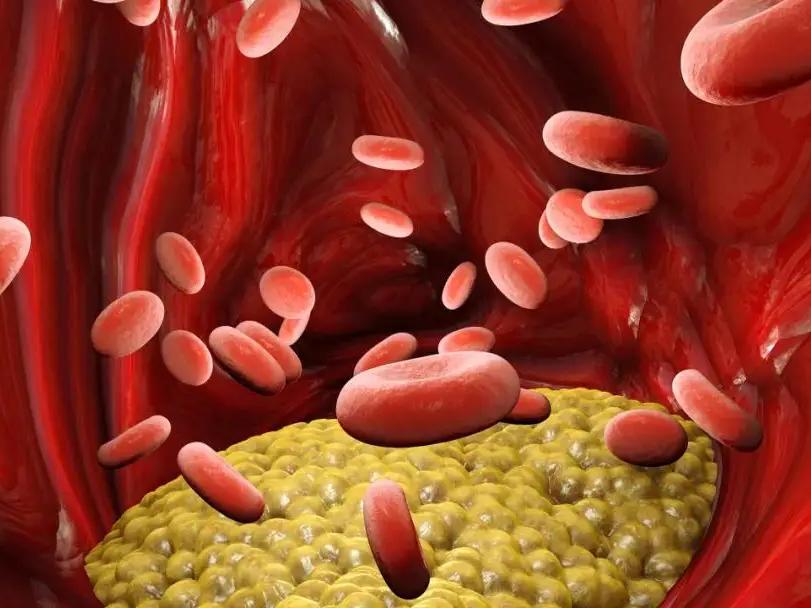
Hyperlipoproteinemia is closely associated with the occurrence of coronary heart disease and atherosclerosis. To evaluate the therapeutic effect of ALE on hypercholesterolemia, Englisch conducted a randomized controlled trial comparing the use of artichoke leaf extract alone with placebo or reference drugs in patients with hypercholesterolemia. A total of 167 patients meeting all criteria were randomly divided into two groups. One group was treated with ALE, and after 42 ± 3 days, total cholesterol levels decreased from 7.74 mmol/L to 6.31 mmol/L; in the placebo group, levels decreased from 7.69 mmol/L to 7.03 mmol/L (P < 0.01).
The other group consisted of patients with baseline total cholesterol levels above 5.98 mmol/L. Compared with the placebo, artichoke leaf extract significantly reduced blood cholesterol levels (P < 0.05). Mild, transient adverse reactions were reported [13]. Englisch et al. used CY450-coated tablets (trade name Valverde Artischocke bei Verdauungsbeschwerden, containing ALE450 mg) to treat hyperlipoproteinemia, evaluating treatment efficacy and tolerability. In a double-blind, randomized, placebo-controlled, multicenter clinical trial involving 143 adult patients with initial total cholesterol levels of 7.3 mmol/L, patients were administered 1. 8 g of artichoke dry extract or placebo for 6 weeks. The CY450 group showed a 18.5% reduction in total cholesterol, while the placebo group had an 8.6% reduction. LDL-cholesterol levels were 22.9% in the CY450 group and 6. 3% in the placebo group. The LDL/HDL ratio decreased by 20.0% in the CY450 group and by 7.2% in the placebo group. No drug-related adverse reactions occurred during treatment, and tolerability was good. The results clearly indicate that artichoke leaf extract can be used for the treatment of hyperlipidemia and the prevention of atherosclerosis and coronary heart disease [15].
4 Effects on endothelial cell function
Endothelial cell dysfunction is an early stage of atherosclerosis and is often determined by measuring blood flow-mediated vasodilation (brachial flow-mediated vasodilation, FMV), vascular cell adhesion molecule-1 (VCAM-1), intercellular adhesion molecule-1 (ICAM-1), and E-selectin, among other serum markers. Foreign researchers [15] investigated the effects of artichoke juice food additives on brachial FMV in patients with hyperlipidemia. They measured the baseline levels of soluble VCAM-1, ICAM-1, and E-selectin in serum and brachial FMV, then administered 20 mL of frozen artichoke juice daily to the patients for 6 weeks. It was found that after consuming artichoke, patients' triglyceride levels increased, while total cholesterol and LDL cholesterol decreased; in the control group, total cholesterol and LDL cholesterol decreased significantly. In the treatment group, VCAM-1, ICAM-1, and arm FMV were all lower compared to before treatment, while there were no changes in the control group before and after treatment. It is evident that artichoke food additives can indeed regulate endothelial function in patients with hypercholesterolemia.
In the vascular system, nitric oxide synthase (eNOS) in endothelial cells produces nitric oxide, which has anti-thrombotic and anti-atherosclerotic effects. Therefore, increasing eNOS expression can protect the cardiovascular system. Artichoke leaf extract can increase the activity of eNOS-promoting factors in EAhy926 cells [a cell line derived from human umbilical vein endothelial cells (HUVECs)] (measured using a luciferase reporter gene assay).
In organ chamber experiments, rat aortic rings were incubated in vitro with artichoke leaf organic extract for 18 hours, which enhanced NO-mediated vasodilation in response to acetylcholine, indicating a positive regulation of eNOS function. Caffeoylquinic acid and flavonoids are the two main components of ALE. 3',4',5′,7-luteolin and artichoke glycoside increased the activity of eNOS promoters and eNOS mRNA expression, while caffeoylquinic acid, cynarin, and chlorogenic acid had no effect. Therefore, in addition to the lipid-lowering and antioxidant effects of artichoke leaf extract, ALE may exert cardiovascular benefits by increasing eNOS gene transcription [16].
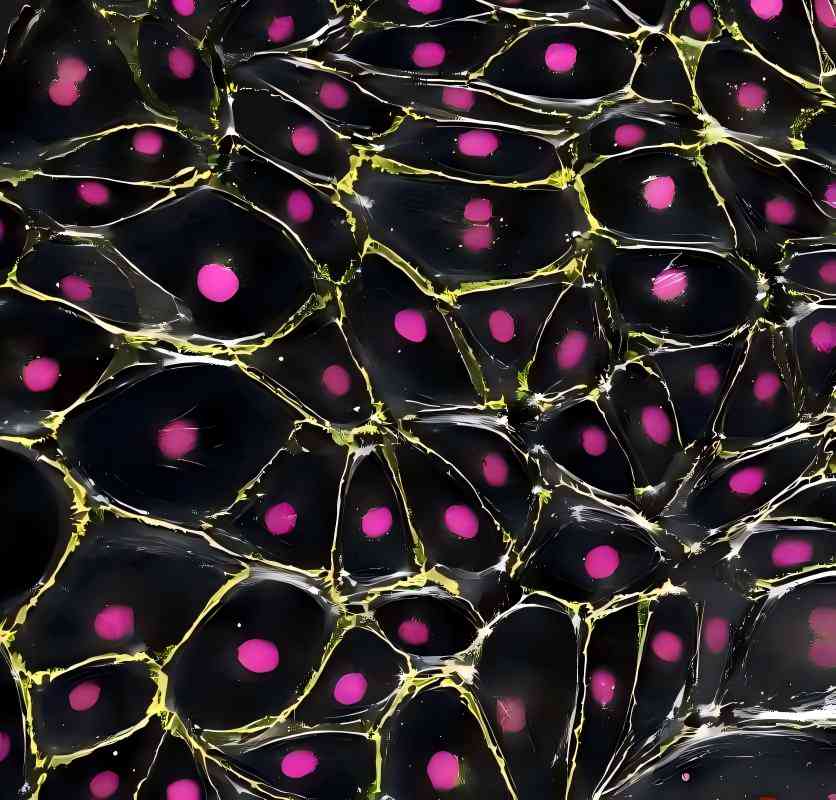
5 Antimicrobial activity
Li et al. conducted a preliminary study on the antimicrobial activity of artichoke leaf extracts obtained using chloroform, ethyl acetate, and n-butanol. The results indicated that the n-butanol extract exhibited the strongest antibacterial activity against seven bacterial genera, four yeast species, and four mold species. Eight phenolic compounds were isolated from the soluble fraction of the n-butanol extract, and their structures were identified using high-performance liquid chromatography and electrospray ionization mass spectrometry. Among these extracts, chlorogenic acid, quinic acid-1,5-dicaffeoyl ester, luteolin-7-rutinoside, and artichoke glycoside exhibited relatively high antimicrobial activity, with antifungal activity stronger than antibacterial activity, and minimum inhibitory concentrations ranging from 50 to 200 μg/mL.
6 Conclusion
Artichoke extracts exhibit excellent medicinal value, demonstrating therapeutic effects on multiple systemic diseases, and hold great potential for further development.
References:
[1]Holtmann G Adam B,Haag S,et al.Efficacy of artichoke leaf extract in the treatment of patients with functional dyspepsia;a six-week placebo-conrolled,double-blind,multi- centre trial [J].Alim Pharmacol Therap,2003,18(11-12): 1099-1105.
[2]Marakis G,Walker AF,Middleton RW,et al.Artichoke leaf extract reduces mild dyspepsia in an open study [J]. Phytomedicine,2002,9(8):694-699.
[3]Walker AF,Middleton RW,Petrowicz O.Artichoke leaf extract reduces symptoms of irritable bowel syndrome in a post-marketing surveillance study [J].Phytother Res,2001, 15(1):58-61.
[4] Bundy R,Walker AF,Middleton RW,et al.Artichoke leaf extract reduces symptoms of irritable bowel syndrome and improves quality of life in otherwise healty volunteers suffering from concomitant dyspepsia:a subset analysis [J].J Altern Complem Med,2004,10(4):667-669.
[5] Gebhardt R.Anticholestatic activity offlavonoids from arti- choke(Cynara scolymus L.)and of their metabolites [J]. Med Sci Monit,2001,7(Suppl 1):316-320.
[6] Saenz Rodriguez T,Garcia Gimenez D.de la Puerta Vazquez,R.Choleretic activity and biliary elimination of lipids and bile acids induced by artichoke leaf extract in rats[j].Phytomedicine,2002,9(8):687-693.
[7] Gebhardt R.Prevention of aturolithocholate-induced hepatic bile canalicular distortions by HPLC-characterized extracts of artichoke(Cynara scolymus)leaves [J].Planta Med,2002, 68(9):776-779.
[8]Gebhardt R.Anticholestatic activity of flavonoids from arti- choke(Cynara scolymus L.)and of their metabolites [J] Med Sci Monit,2001,7(Suppl 1):316-320.
[9]Jimenez-Escrig A,Dragsted LO,Daneshvar B,et al.In vitro antioxidant activities of edible artichoke(Cynara scoly- mus L.)and effect on biomarkers of antioxidants in rats [J]. J Agric Food Chem,2003,51(18):5540-5545.
[10]Gebhardt R.Antioxidative and protective properties of extracts from leaves of the artichoke(Cynara scolymus L) against hydroperoxide-induced oxidative stress in cultured rat hepatocytes [J].Tozicol Appl Pharmacol,1997,144(2); 279-286.
[11]Perez-Garcia F,Adzet T,Canigueral S.Activity of artichoke leaf extract on reactive oxygen species in human leukocytes [J].Free Radic Res,2000,33(5):661-665.
[12]Gebhardt R.Inhibition of cholesterol biosynthesis in primary cultured rat hepatocytes by artichoke(Cynara scolymus L.) extracts [J].J Pharmacol EzpTher,1998,286(3):1122- 1123.
[13]Pittler M H,Thompson Co,Ernst E.Artichoke leaf extract for treating hypercholesterolaemia [J].Cochrane Database Syst Rev,2002(3):CD003335.
[14]Englisch W,Beckers C,Unkauf M,et al.Efficacy of arti- choke dry extract in patients with hyperlipoproteinemia [J]. Arzneimittelforschung,2000,50(3):260-265.
[15] Lupattelli G,Marchesi S,Lombardini R,et al.Artichoke juice improves endothelial function in hyperlipemia [J].Life Sci,2004,76(7):775-782.
[16]Li H,Xia N,Brausch 1,et al.Flavonoids from artichoke (Cynara scolymas L.)up-regulate endothelial-type nitric -oX- ide synthase gene expression in human endothelial cells [J]. Pharmacol Erp Ther,2004,310(3):926-932.
[17]Zhu X,Zhang H,Lo R.Phenolic compounds from the leaf extract of artichoke(Cynara scolymus L.)and their antimi- crobial activities [J].J Agric Food Chem,2004,52(24); 7272-7278.
-
Prev
D Mannose Powder Provides Innovative Ingredients for Functional Food and Beverage
-
Next
What Is Valerian Extract and Its Benefit?


 English
English French
French Spanish
Spanish Russian
Russian Korean
Korean Japanese
Japanese